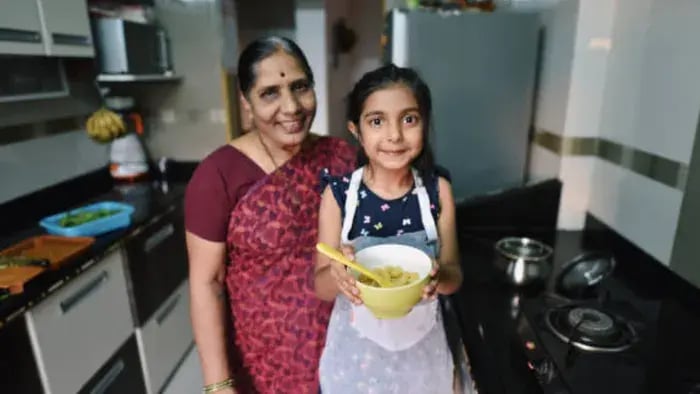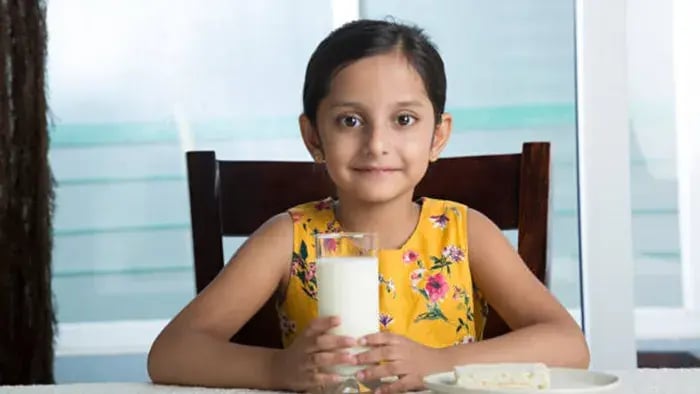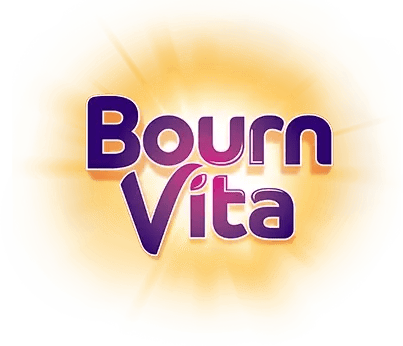- Ragi (Finger Millet)
- Rajma (Kidney Beans)
- Pineapple
- Brown Rice
- Turmeric (Haldi)
- Oats
- Chana (Bengal Gram)
Introduction
Some nutrients get all the attention, like calcium for bones or iron for energy, but there’s one quiet player that’s just as important for your child’s growth: manganese. It may not sound familiar, but it supports some of the most important functions in a growing body. From building strong bones and healthy joints to digestion and brain development, manganese works behind the scenes to keep everything running smoothly.

What’s interesting about manganese is how little of it is needed, but how much that little bit matters. Deficiency is rare, but not getting enough over time can affect bone strength, metabolism and how the body uses other nutrients. And since it’s not talked about much, many parents don’t realize they’re already serving foods that have it—or that a few small tweaks can make all the difference.
Whole grains, lentils, seeds and even some fruits and spices are rich in this mineral. With a little bit of variety and intention, you can support your child’s overall health without changing your routine too much.
7 Manganese-Rich Foods That Deserve a Spot on Your Child’s Plate

Your child’s growth depends on many nutrients, but some of them don’t always make the headlines. Manganese is one such quiet hero, needed in small amounts but vital for strong bones, better metabolism, wound healing, and even healthy brain function. If your child is active, growing fast, or going through phases of fussy eating, getting enough manganese can make a real difference in how their body processes other nutrients like calcium, iron, and carbs.
Here are 7 Indian foods that are rich in manganese, gentle on the stomach, and easy to include in your family’s daily meals.
Ragi (Finger Millet)
According a study published in, J Food Sci Technol. 2011, ragi is one of the richest sources of manganese and also brings along calcium and fiber. It’s excellent for bone health and keeps digestion smooth, two things every growing child needs. For babies, you can begin with ragi porridge made with breastmilk or formula. Older kids may enjoy soft ragi dosas, rotis, or even ragi banana pancakes. The earthy flavor is easy to pair with sweet or savoury options, making it one of the most versatile grains in your pantry.
Rajma (Kidney Beans)
As per a study published in Front Nutr. 2023, kidney beans are not only a good source of plant-based protein but also rich in manganese. A small bowl of well-cooked rajma provides a healthy dose of iron, magnesium, and manganese—all crucial for growth and development. Soft rajma can be mashed for toddlers or served with rice and a spoon of ghee for older children. The combination is easy on the tummy and keeps energy levels steady throughout the day.
Pineapple
A study published in, Molecules. 2021, shows that pineapple is one of the few fruits that is naturally high in manganese. It also supports digestion due to the enzyme bromelain. For kids, fresh pineapple slices, popsicles made at home, or pineapple chunks added to fruit chaat are all fun, refreshing ways to include it. If your child is sensitive to citrusy textures, steaming pineapple lightly before serving can reduce the acidity while keeping the nutrients intact.
Brown Rice
Research published by Foods, 2023 highlights that brown rice retains more nutrients than white rice because it is less processed. Unlike white rice, which loses the outer bran and germ layers during polishing, brown rice keeps these intact, making it richer in manganese, magnesium, B vitamins, fiber, and antioxidants. Manganese plays a key role in supporting bone growth, metabolism, and immunity in growing children, while fiber helps improve digestion and maintain steady energy levels throughout the day. This makes brown rice a better option for school-going kids who need sustained focus and physical stamina. It also has a lower glycemic index, which means it causes a slower rise in blood sugar, reducing energy crashes and keeping hunger in check for longer.
Turmeric (Haldi)
According to a study published in, ACS Pharmacol Transl Sci. 2023, turmeric is well known for its anti-inflammatory benefits, but it also contains small but valuable amounts of manganese. While you won’t serve it in spoonfuls, it adds up when used daily in dals, sabzis, and khichdi. A pinch of turmeric in milk (golden milk) or in a light vegetable soup offers both comfort and support to your child’s immune system and nutrient intake.
Oats
A study published in J Food Sci Technol. 2013, suggests that oats can be another excellent source of manganese, and they’re perfect for quick, adaptable meals. For younger kids, oats porridge with banana or mashed apple makes a comforting start to the day. Older children might enjoy oats pancakes or vegetable-loaded oats upma. Add seeds or dry fruits to boost the nutrition even further. It’s one of those ingredients that works for both sweet and savoury cravings—without losing its value.
Chana (Bengal Gram)
According to the Compendium of Nutritional Data of Common Indian Food, chana, whether in the form of whole black chana or chana dal, is loaded with protein, iron, and yes, manganese. It’s filling, energising, and great for school tiffins. For babies, soaked and boiled chana can be mashed with rice or vegetables. Older kids can enjoy roasted chana, chana salad with lemon, or chana dal cheelas. It's easy to digest when soaked and cooked properly, and pairs well with a variety of spices.
Conclusion

Manganese might not be the most talked-about mineral, but it’s one that works quietly to keep your child’s body balanced, strong, and functioning well. With ingredients like ragi, rajma, pineapple, oats, and turmeric already part of many Indian kitchens, including manganese, it doesn’t have to feel like a chore. It’s about being more intentional, choosing variety, and gently shaping meals that support your child’s full potential, one delicious bite at a time.
Her love for storytelling began with reading her grandfather’s speeches, where Tarishi saw the power of words in creating lasting memories. Combining her passions for food and writing, she has turned her life into a fulfilling path of sharing stories that celebrate flavours and how food brings communities together.
The views expressed are that of the expert alone.
The information provided in this content is for informational purposes only and should not be considered a substitute for professional medical advice, diagnosis, or treatment. Always seek the advice of your physician or another qualified healthcare provider before making any significant changes to your diet, exercise, or medication routines. This is a sponsored article.
References
https://www.ccrhindia.nic.in/WriteReadData/LINKS/Compendium0c3fc504-fd77-45ab-9148-2407a787276c.pdf
https://pmc.ncbi.nlm.nih.gov/articles/PMC4325078/
https://pmc.ncbi.nlm.nih.gov/articles/PMC10111629/
https://pmc.ncbi.nlm.nih.gov/articles/PMC10418706/
https://pmc.ncbi.nlm.nih.gov/articles/PMC8198275/
















